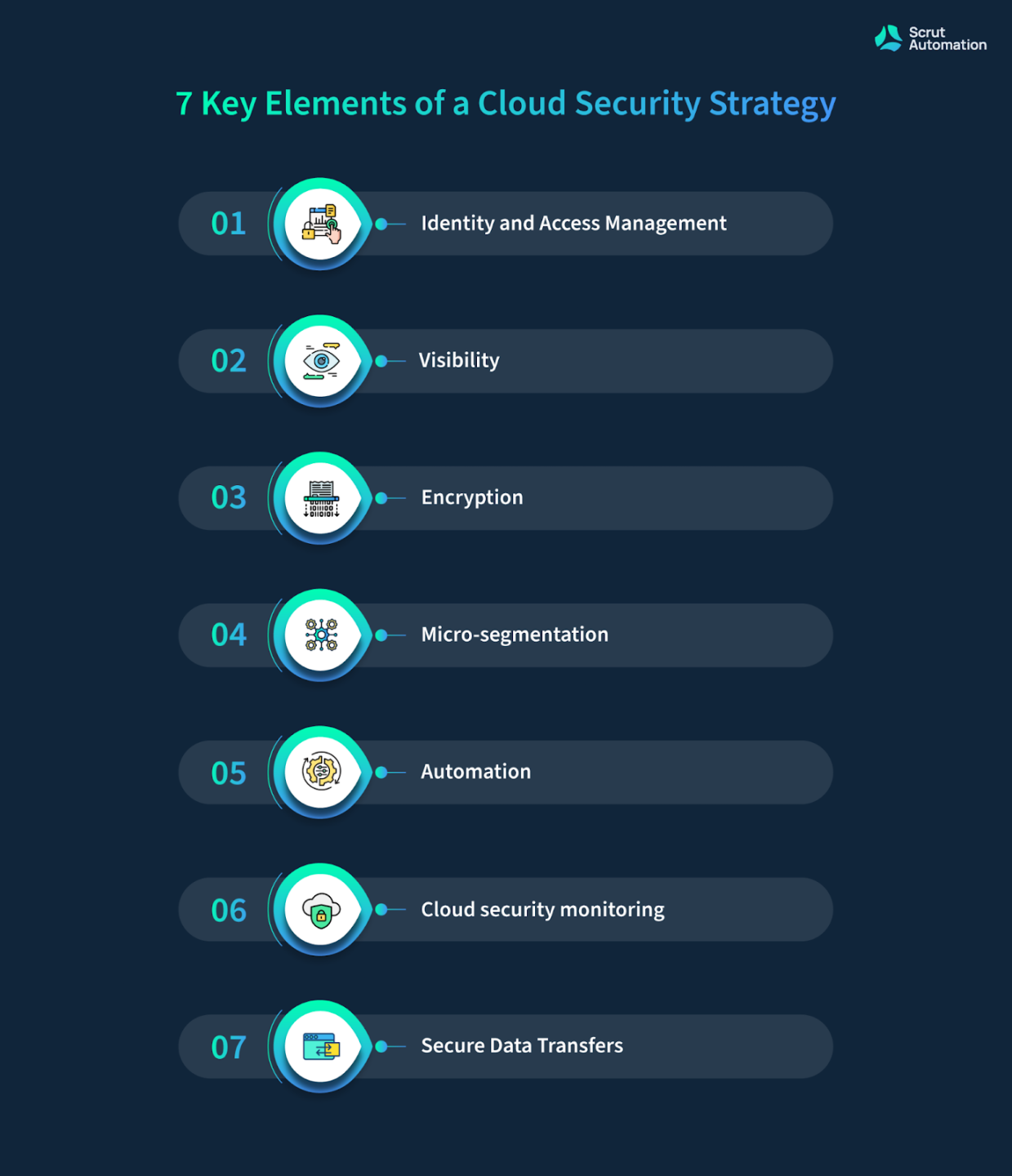Understanding Cloud Security Strategy
As a business owner, we are constantly looking for ways to protect our valuable data and information. One of the most important aspects of modern cybersecurity is having a solid cloud security strategy in place. But what exactly does this mean, and how can we implement it effectively? In this article, we will explore the ins and outs of cloud security strategy, including what it means, how it works, what is known about it, possible solutions, and key information you need to know.
What does it mean?
Cloud security strategy refers to the set of policies, procedures, and technologies that organizations use to protect their data and applications in the cloud. This includes safeguarding sensitive information from cyber threats, ensuring compliance with regulations, and managing access controls to prevent unauthorized access.
In simpler terms, cloud security strategy is all about securing your data and applications when they are stored and accessed in the cloud. This is crucial because the cloud is a shared infrastructure, meaning that your data is stored alongside data from other customers. Without proper security measures in place, your data could be at risk of being accessed by unauthorized users.
How does it work?

Cloud security strategy works by implementing a combination of technologies, processes, and best practices to protect your data in the cloud. This includes encryption, access controls, monitoring and logging, identity and access management, and more. By using these tools and techniques, organizations can create a multi-layered defense system that helps prevent data breaches and other security incidents.
For example, encryption is a key component of cloud security strategy. It involves converting data into a code that can only be read by authorized users with the right decryption key. This helps protect your data from being intercepted or accessed by cybercriminals.
What is known about it?
There is a wealth of information available about cloud security strategy, including best practices, case studies, white papers, and more. Organizations such as the Cloud Security Alliance and the National Institute of Standards and Technology (NIST) provide valuable resources and guidelines for implementing effective cloud security strategies.
Some key considerations to keep in mind when developing a cloud security strategy include identifying and classifying data, assessing risks, implementing security controls, monitoring and auditing, and incident response planning. By following these steps and leveraging industry best practices, organizations can enhance their security posture in the cloud.
Solution
One effective solution for implementing a strong cloud security strategy is to use a comprehensive security platform that offers a range of features and capabilities. This could include endpoint security, network security, data loss prevention, threat intelligence, and more. By using a unified platform, organizations can streamline their security operations and ensure consistent protection across all cloud environments.
Another solution is to partner with a trusted cloud security provider that specializes in securing cloud environments. These providers offer expertise, resources, and tools to help organizations strengthen their security posture and mitigate risks in the cloud. By working with a knowledgeable partner, organizations can leverage the latest security technologies and practices to protect their data and applications effectively.
Information
When implementing a cloud security strategy, it is important to stay informed about the latest trends and developments in cloud security. This includes understanding emerging threats, vulnerabilities, and best practices for securing cloud environments. By staying informed, organizations can adapt their security strategies to address new challenges and protect their data from evolving threats.
Key information to consider when developing a cloud security strategy includes the types of data you are storing in the cloud, the security requirements of your industry, compliance regulations you must adhere to, and the potential risks and threats facing your organization. By understanding these factors, organizations can tailor their security measures to meet their specific needs and protect their valuable data effectively.
Conclusion
In conclusion, cloud security strategy is a critical component of modern cybersecurity that helps organizations protect their data and applications in the cloud. By implementing a robust security strategy that leverages encryption, access controls, monitoring, and other best practices, organizations can enhance their security posture and mitigate risks in the cloud. By staying informed about emerging threats and trends in cloud security, organizations can adapt their strategies to address new challenges and protect their data from evolving threats.
FAQs:
1. What are some key components of a cloud security strategy?
Some key components of a cloud security strategy include encryption, access controls, monitoring and logging, identity and access management, and incident response planning.
2. How can organizations stay informed about emerging threats in cloud security?
Organizations can stay informed about emerging threats in cloud security by following industry best practices, attending security conferences, and subscribing to security newsletters and blogs.
3. Why is encryption important in cloud security strategy?
Encryption is important in cloud security strategy because it helps protect data from being intercepted or accessed by unauthorized users. It converts data into a code that can only be read by authorized users with the right decryption key.
4. What are some best practices for developing a cloud security strategy?
Some best practices for developing a cloud security strategy include identifying and classifying data, assessing risks, implementing security controls, monitoring and auditing, and incident response planning.
5. How can organizations enhance their security posture in the cloud?
Organizations can enhance their security posture in the cloud by using a comprehensive security platform, partnering with a trusted cloud security provider, and staying informed about emerging threats and trends in cloud security.



